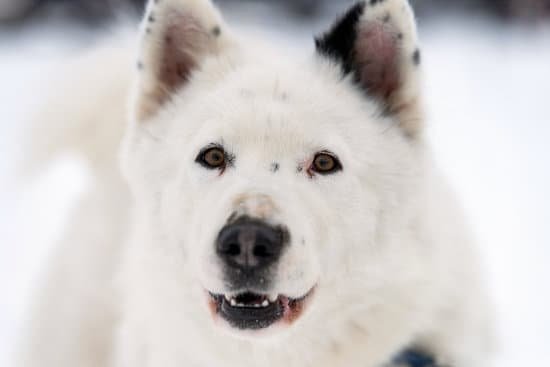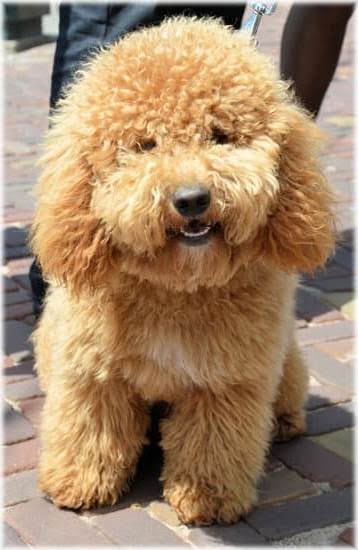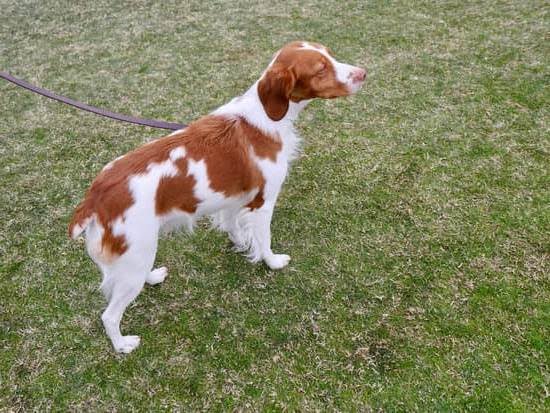Introduction
Anxious dog training is an important way to help our four-legged friends cope with the stress and anxiety that often comes along with their day-to-day lives. By properly training and socializing them, it can help strengthen the bond between you and your pet, while also helping alleviate feelings of fear, distress, or unease.
Some of the most common physical impacts of anxiety in dogs include trembling, panting, pacing, hiding or cowering behind furniture, excessive barking and even trying to escape from the environment. On the mental front, negative behaviours such as destructive eating habits, growling and aggressive behaviour may surface due to feelings of unease or insecurity. Anxious dogs may also display signs of withdrawal or general lethargy.
To minimize these effects in dogs suffering from any form of anxiety, it is critical to implement appropriate anxious dog training techniques. Positive reinforcement through reward-based methods play a key role in teaching desired behaviors and providing behavioural guidelines that are both effective and compassionate for all involved. This can result in less stress on your pup (and you!) — resulting in a happier overall home environment.
Causes of Anxiety
Anxiety in dogs can be caused by a variety of factors. Genetics and inherited dispositions play a significant role in causing canine anxiety, as many breeds suffer from high levels of nervousness due to their ancestors’ predisposition to the trait. For instance, herding breeds such as working sheepdogs often possess an instinctive propensity for high-level alertness, which can cross over into anxiety when applied to certain situations. Similarly, some dog breeds which have experienced a more turbulent history with humans may also prefer to stay on edge and become anxious in unknown environments or around unfamiliar people. Even litters within the same breed can have markedly different levels of anxiousness due to genetics and inherited dispositions that are passed on through generations.
Training Techniques
Counterconditioning is a training technique that can help owners retrain their dog’s responses to “scary” triggers or stressful situations. It requires pairing the trigger with something the dog loves, such as treats, attention or playtime. This process teaches your dog to associate the trigger with something positive and enjoyable. With enough repetitions, it will create a new response from the one associated with fear or anxiety.
Treating your dog while they are within close proximity to the trigger is key in this process – as rewarding your pup each time they maintain composure and remain relaxed will teach them that this behavior yields a reward. Initially introduce the “trigger” at a distance away from your pup that has no effect on their behaviour and gradually move closer if successful. Ensuring safety is paramount – continuously monitor your pet during these sessions and retire to where you left off if they get uncomfortable and move away.
It’s also important to remember that counterconditioning takes patience and consistency – but it can be greatly beneficial for dogs struggling with anxiety or irrational fears when done correctly.
Tips for Owners
Anxiety in dogs can manifest itself in a variety of ways and it’s important for owners to be able to recognize signs of anxiety and have strategies in place to help manage it. An anxious dog needs lots of patience, understanding and a structured environment that meets its emotional needs. Here are some tips to encourage your anxious dog further:
1. Establish Rules & Boundaries: Having clear rules and boundaries will help create an environment that is predictable and safe for your anxious dog, giving them a sense of security.
2. Schedule Regular Training Sessions: Use positive reinforcement techniques during regular training sessions with your anxious dog; reward good behavior with treats or other forms of positive reinforcement (such as verbal praise) and promptly redirect any behaviors that are inappropriate.
3. Avoid Background Noise & Distractions: Limit noise levels when interacting with an anxious dog so as to avoid over-stimulating them; also try playing calming music if additional noise is needed.
4. Give Your Dog Lots of Exercise: Exercise is a great way to release pent-up energy and could help reduce anxiety levels in your canine pal; walking or jogging together or even just playing fetch can work well here.
5. Offer Plenty of Opportunities for Socialization: Allowing your dog many fun experiences with different people will help increase their confidence by showing them how pleasant human interactions can be; take the opportunity to introduce your pup to friendly new faces whenever you can – such as on walks or at the park – helping them gain positive social skills in the process!
Common Triggers
Inside the Home:
– Sudden loud noises, like banging pots or a door slamming
– Unexpected guests, especially if they arrive very unexpectedly
– Encountering other pets or animals inside the house
– Seeing a family member in stressful situations, like yelling or arguing
– Being left alone for an extended period of time
– Changes to routines, such as missing a walk or having meal times altered
Outside the Home:
– Being around unfamiliar people and other animals
– Encounters with wildlife, like a squirrel or bird hopping across the sidewalk
– Seeing people in masks, costumes, or uniforms
– Unexpected traffic noise, like cars honking and sirens blaring
– Appearance of unexpected large objects outside windows, like a ladder leaning against the house
– Unfamiliar smells that may be caused by nearby incense burning
Managing Anxious Behaviors
Distracting an anxious dog can often be a helpful and productive method for managing their behaviors. If a situation is causing your dog anxiety, you may be able to redirect their focus by offering treats or toys that they find rewarding. This distracts them from the initial source of distress, allowing them to refocus on something more positive and potentially relaxed. Alternatively, try to divert the dog’s attention away from the stimulus with playtime and activities like fetch or hide-and-seek.
Sometimes, it might be necessary to call in a professional canine behaviorist. Anxious behaviors can range in severity, so seeking out expert advice may be a great option if your own methods seem ineffective. Dog behaviorists will analyze your pet’s anxieties and suggest tailored behavioral training plans with practical steps to encourage positive outcomes. They can provide support in understanding the underlying cause of your pup’s anxieties and teach you how best to manage them. Additionally, medication might be prescribed if the situation is particularly severe or the anxiety has been ongoing for some time – this should always be done under veterinary guidance though whenever possible.
Conclusion
Once the anxious dog’s training is complete, it is important for owners to continue reinforcing lessons with reward-based practices to ensure that anxieties do not resurface over time. Owners should also be sure to provide a calm and secure environment for their canine companions and stay consistent in their behaviors when interacting with the dog. This means using the same commands and cues each time, creating an environment where the dog feels comfortable, and providing plenty of love and support. Additionally, owners should talk to their vet or an animal behavior expert if they notice any changes in their pet’s behavior. With regular training exercises and a caring owner, an anxious dog can quickly transform into a confident companion.

Welcome to the blog! I am a professional dog trainer and have been working with dogs for many years. In this blog, I will be discussing various topics related to dog training, including tips, tricks, and advice. I hope you find this information helpful and informative. Thanks for reading!





